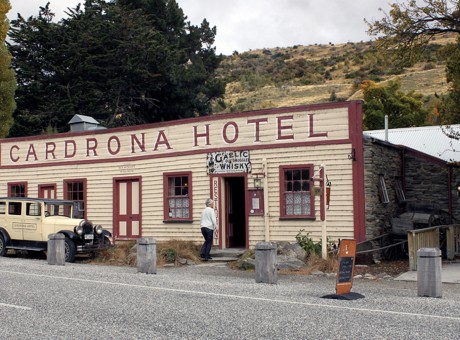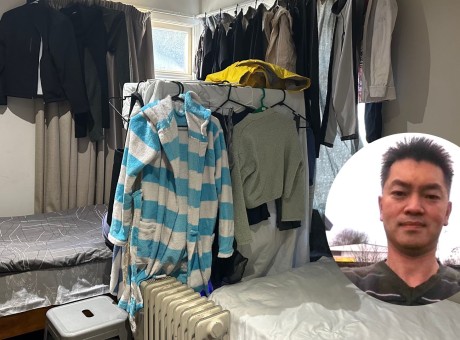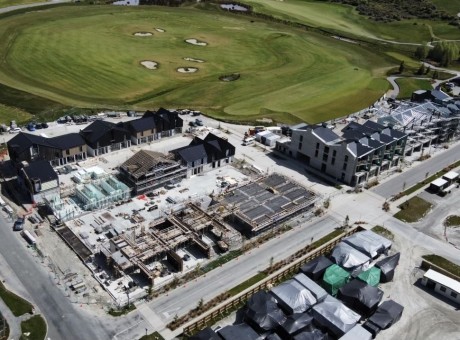$30m investment to shore up Queenstown's vulnerable power supply
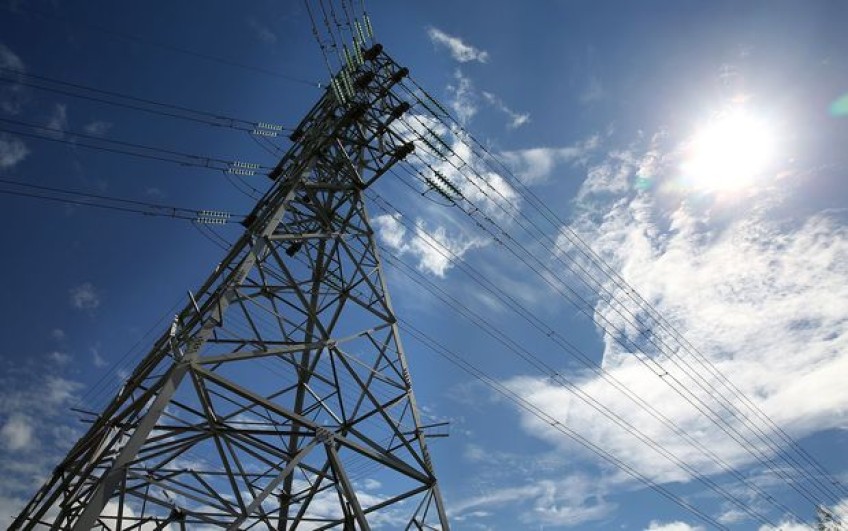
Upgrades to the infrastructure delivering power to Queenstown estimated to cost between $24 million and $30 million are on the way.
The upgrades are expected to shore up supply, catering for a growing population and increasing electrification.
Two new transformers will be installed at Transpower's Frankton substation by winter 2025, along with upgrades to the high-voltage transmission lines that travel from Cromwell through the remote Nevis Valley to feed the region.
It's a joint investment by the region's three big power providers - Transpower, Aurora Energy and PowerNet - who have met with the Queenstown Lakes District Council to make the announcement.
Construction work will begin on site later this year, and the upgrades are expected to be commissioned and in service by winter 2025.
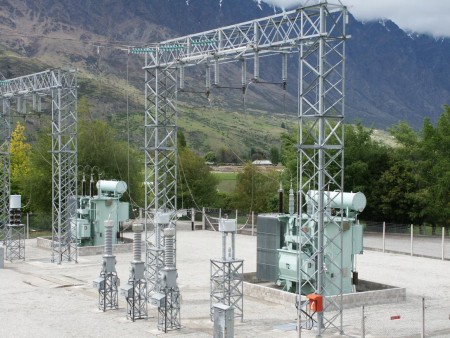
By winter 2025, there'll be two new transformers at the Frankton substation as well as work done to help it survive a one-in-450-year flood (Image supplied).
In a written statement to media yesterday, Transpower's general manager for grid development John Clarke says his organisation has been collaborating with Aurora Energy and PowerNet to future-proof the network.
“It’s essential the power system can meet future demand for electricity in the Queenstown and Wakatipu region, which continues to grow," he says.
The upgraded equipment will increase Frankton substation’s capacity by 35 percent.
Aurora Energy’s chief executive Richard Fletcher says the upgrades will help shore up the network and protect against unplanned power outages, and that's especially important in the tourist town.
Last winter, Coronet Peak ski field was hit with three power cuts in three weeks; the same blackouts, plus another, left businesses and households in Arrowtown, Dalefield and Arthurs Point without power on some of the year's coldest days.
"We all expect power to be there at the flick of a switch, and we want it to have been generated through renewable resources (which the national grid can provide)," he says.
PowerNet’s chief executive Jason Franklin says work to mitigate flood risk at the Frankton substation will coincide with the installation of the two new transformers.
"Given the number of recent weather-related events, I think we’d all agree that reducing flood risk and increasing resilience is a priority, given our dependence on this critical site.”
It will bring the Frankton substation up to Transpower’s one-in-450-year-flood standard.
Meanwhile, the three power providers say discussions are ongoing regarding the wider district's long-term electricity supply and resilience.
Queenstown Lakes District Mayor Glyn Lewers is welcoming the multimillion-dollar investment as a first step in meeting the projected growth in the district’s demand.
“This investment will provide surety of capacity through the traditional supply model. The next phase will be to focus on how we ensure resilience and sufficient supply to meet our decarbonisation objectives," he says in the statement.
"We can all sleep a little easier and now need to keep up the momentum by working together to understand all potential opportunities for renewable energy generation in the district. This will ensure we electrify our economy as much as possible and remain resilient through any emergency situation.”
A lot rides on the Cromwell-Frankton transmission line (it's the sole route for power into Queenstown), and Transpower’s Mr Clarke says while the announced upgrades will increase its capacity and add some resilience to the route, other longer-term solutions will be needed in the future.
That may be in the form of new lines into the Whakatipu Basin or other local electricity options, which will take time to identify, consent and build, given the strict environmental controls protecting the outstanding landscapes in the region, he says.
“We’re keeping a close eye on the longer-term electricity needs of the region.
“From a grid supply perspective, we expect to have sufficient margin and options to meet demand until the work we announced today is completed in mid-2025. New infrastructure will ultimately be required both for further power capacity increases and improved resilience as we all become more and more reliant on electricity in the drive to decarbonise our economy.
"We will continue to talk with the council, Aurora Energy and PowerNet, and we will be consulting with the community as and when our future plans begin to take shape.”






